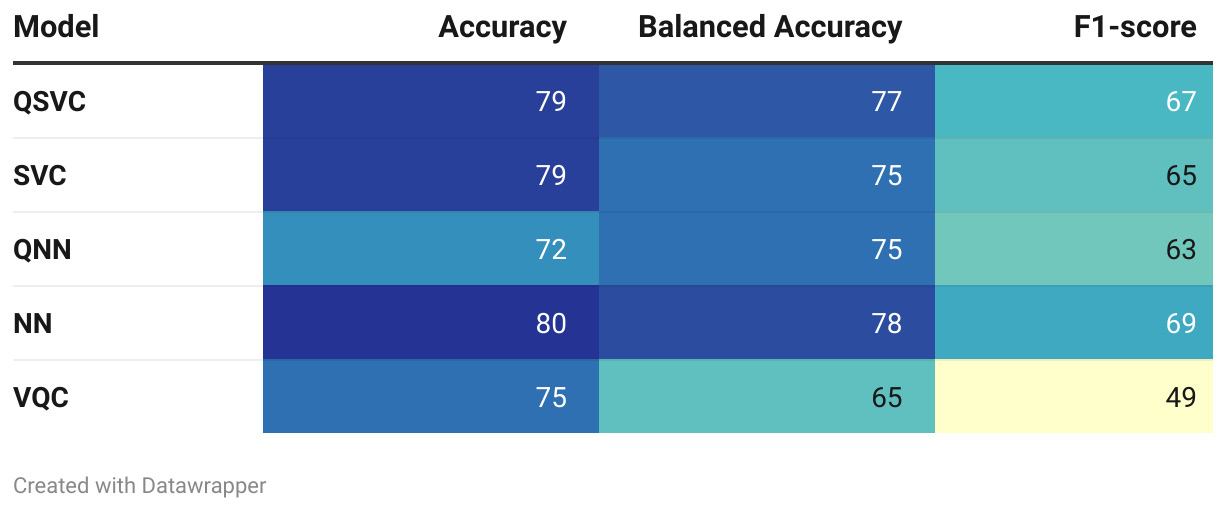Credit Risk Analytics
Problems such as credit scoring, fraud detection, churn prediction, credit limit definition, and financial behavior forecasting (among others) are constant challenges for banks and financial institutions, which permanently research for more accurate results and ways to decrease business-related risk when providing services. Most of these problems can be tackled by using machine learning to classify users who are likely to, for example, not pay their bills on time or commit fraud. In this chapter, the quantum machine learning side of these scenarios will be explored, using a permanent benchmark with classical counterparts for most of the cases.
In the current economic situation, where the stability of the markets is unpredictable and the way people work is always changing (thanks to the rise of the “gig economy”), it is harder to increase a credit product portfolio and cover a larger number of customer cohorts without increasing the risk for businesses...


